Description
- [INCREASED STABILITY] Plus de stabilité et de contrôle lors de l'utilisation du Ronin
- [RONIN CONTROL] Prise en charge du contrôle total des RS2 et RS3 Pro
- [LIGHTWEIGHT] La veste de soutien redistribue le poids pour une utilisation plus confortable sur de plus longues durées.
- [INCREASED BATTERY] Les multiples options d'alimentation permettent d'augmenter l'autonomie de la batterie du Ronin
- [COMPATIBILITY] Supporte n'importe quel Gimbal qui se connecte avec un filetage 1/4"-20 et peut être alimenté via un Lemo 2 Pin.
*La livraison gratuite ne s’applique pas à cet article. Le système Tilta Float fonctionne en conjonction avec les DJI RS 2 et RS3 Pro pour fournir un système de stabilisation de caméra petit et compact qui vous permet de réaliser des mouvements de caméra fluides et cinématographiques avec des configurations de caméra plus petites.
Le poteau à contrepoids offre une stabilisation supplémentaire à votre installation au-delà de ce que le cardan fait déjà pour permettre le mouvement le plus fluide possible de la caméra.
Le bras à ressort et la conception de la veste de soutien font reposer le poids de l’appareil sur votre torse, ce qui permet de prolonger la durée d’utilisation avant que l’utilisateur ne se fatigue.
Le contrôleur sans fil pour le pouce inclus vous permet de contrôler sans fil le Ronin ainsi qu’un moteur de suivi de la mise au point Nucleus M ou Nucleus Nano.
Cette unité est conçue pour être montée sur l’étrier de votre Tilta Float via le support de moniteur du système.
Le contrôleur s’alimente via des batteries Go Pro 5-8 et dispose d’un port USB-C qui peut être utilisé pour les futures mises à jour du micrologiciel. Veuillez noter que nous ne recommandons pas d’alimenter l’appareil par ce port.
Le support lombaire et la sangle d’épaule unique inclus assurent une répartition supplémentaire du poids et garantissent une utilisation confortable quelle que soit la durée de l’opération. Les options d’alimentation multiples offrent une plus grande flexibilité lors de l’alimentation du Ronin. Le système peut alimenter le gimbal via Gold Mount, V-Mount, TB50, ou le Battery Handle lui-même via des accessoires optionnels.
*Le Float est compatible avec n’importe quel gimbal dont le poids est inférieur à la limite et qui peut être monté via un filetage 1/4″-20 et peut être alimenté par un Lemo à 2 broches ou une batterie interne. Cependant, il ne peut contrôler sans fil que le RS2 et le RS3 Pro.
**Le Float n’a pas d’autres sorties d’alimentation que le Lemo à 2 broches conçu pour alimenter le RS2**.
***Le câble interne peut supporter 14,8V et 3A avec une capacité maximale de 6A***.
RS3/RS3 Pro : La clé M n’est PAS en mesure d’imiter la fonction du cardan. La touche M de cet appareil permet UNIQUEMENT de modifier le réglage du mode. Il n’est PAS recommandé d’utiliser des cardans plus grands que ceux que l’on pourrait classer comme “de poche”, comme le Movi Pro. Même si le poids total est inférieur à 10 kg, le système aura du mal à supporter des cardans physiquement plus grands que les cardans de la série DJI Ronin RS.
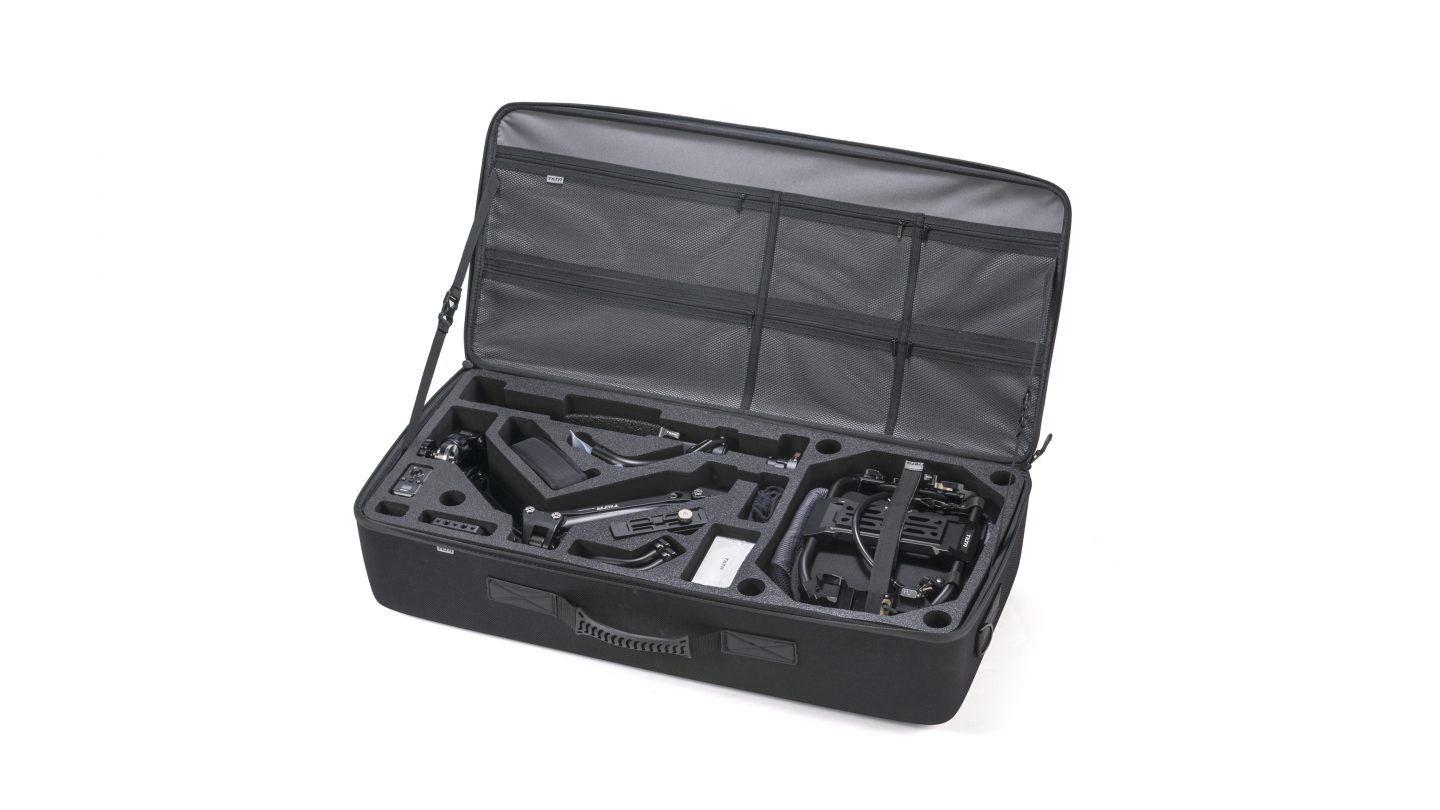






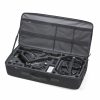
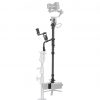
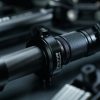
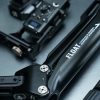
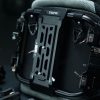


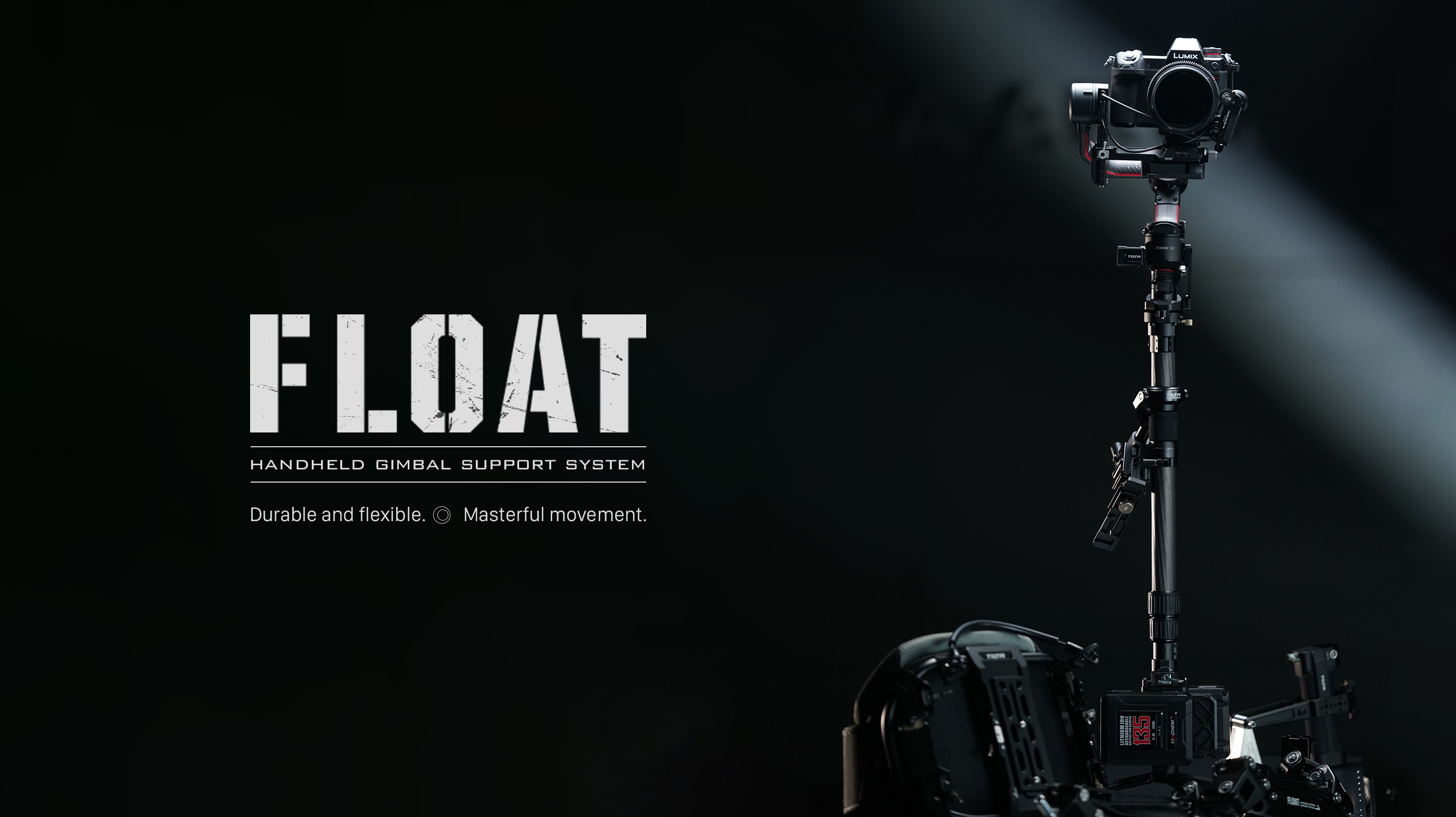
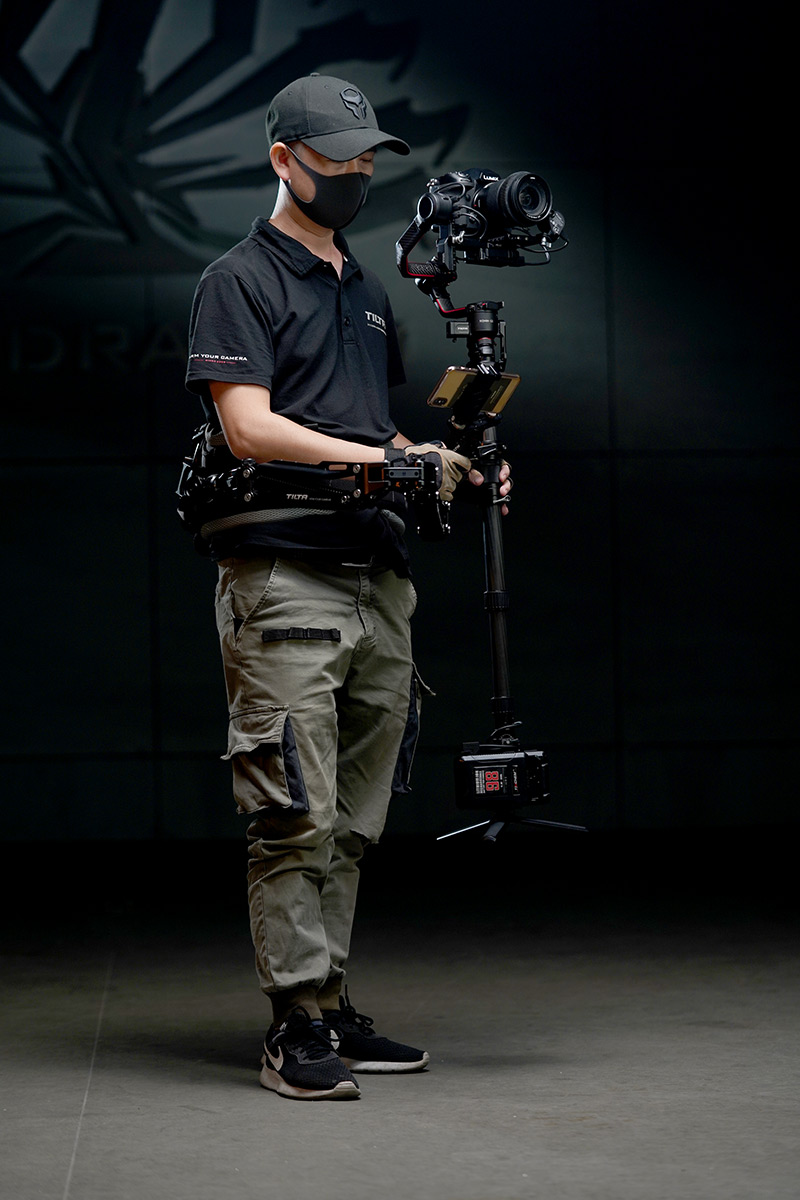
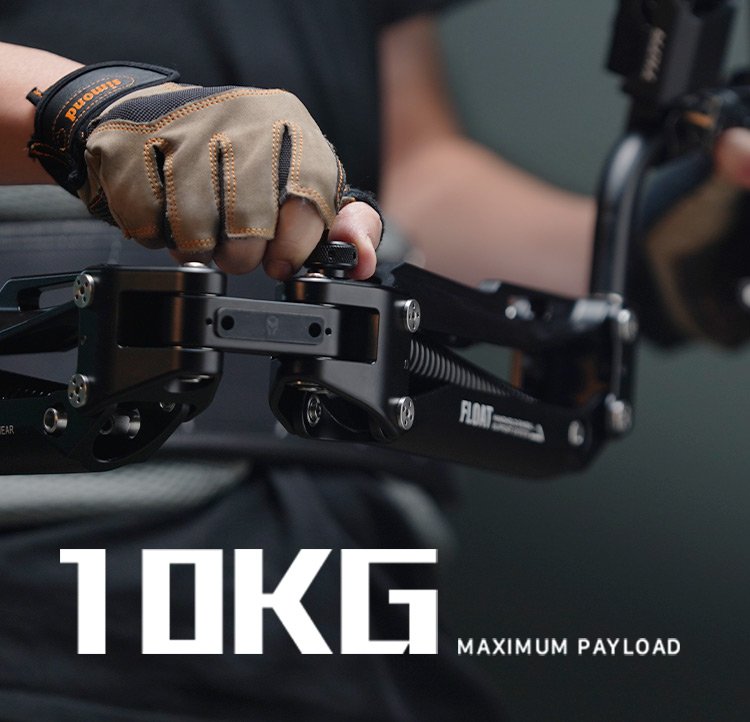
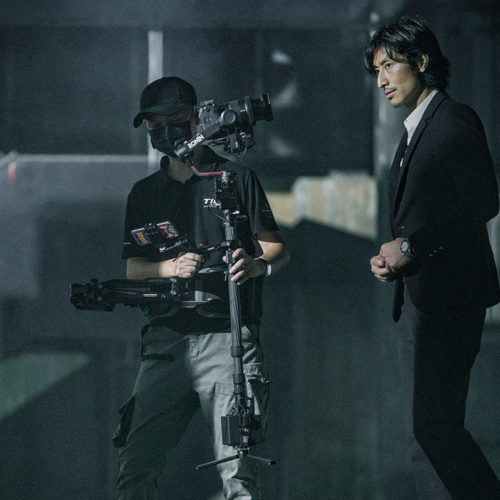
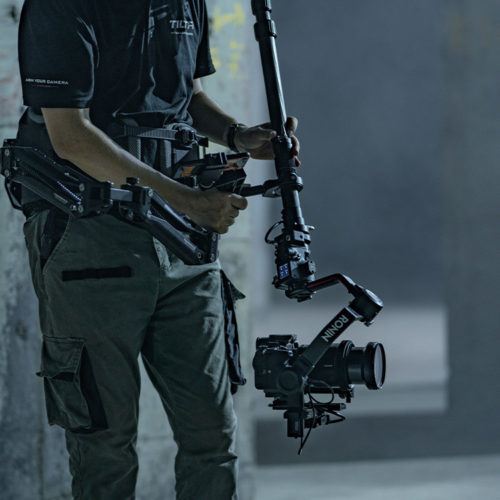
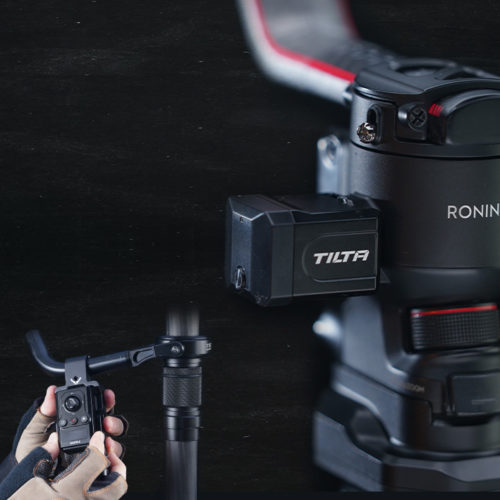
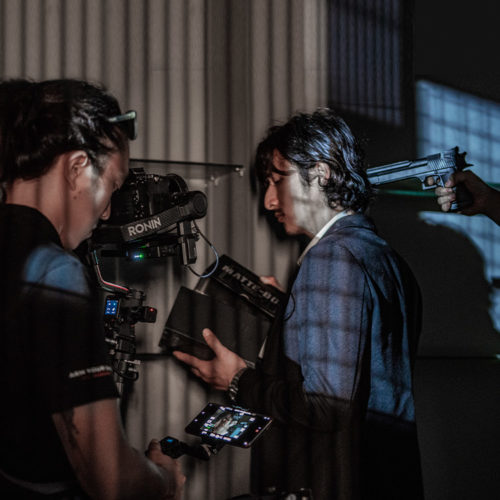
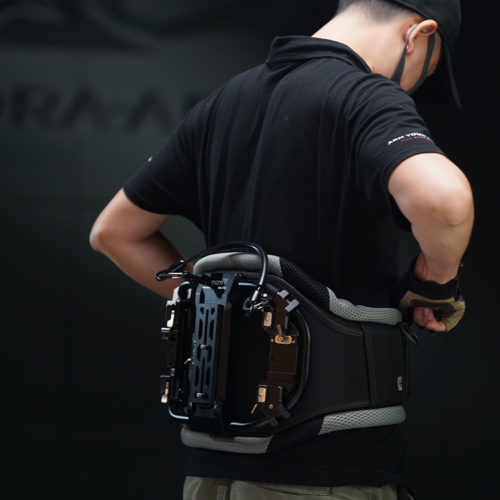
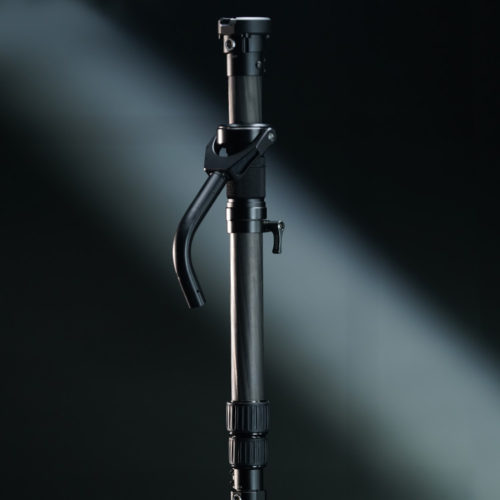
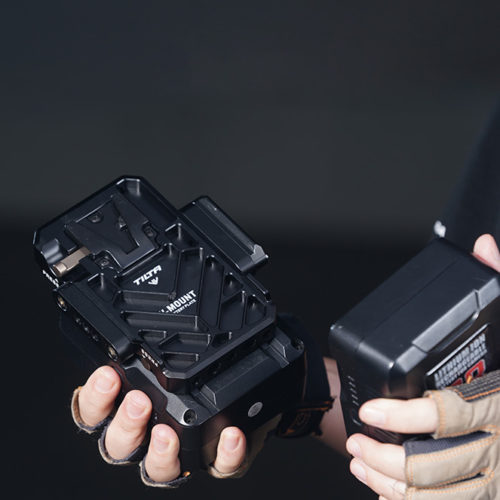
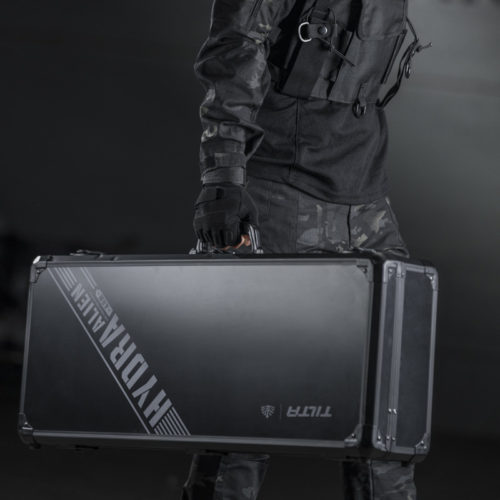
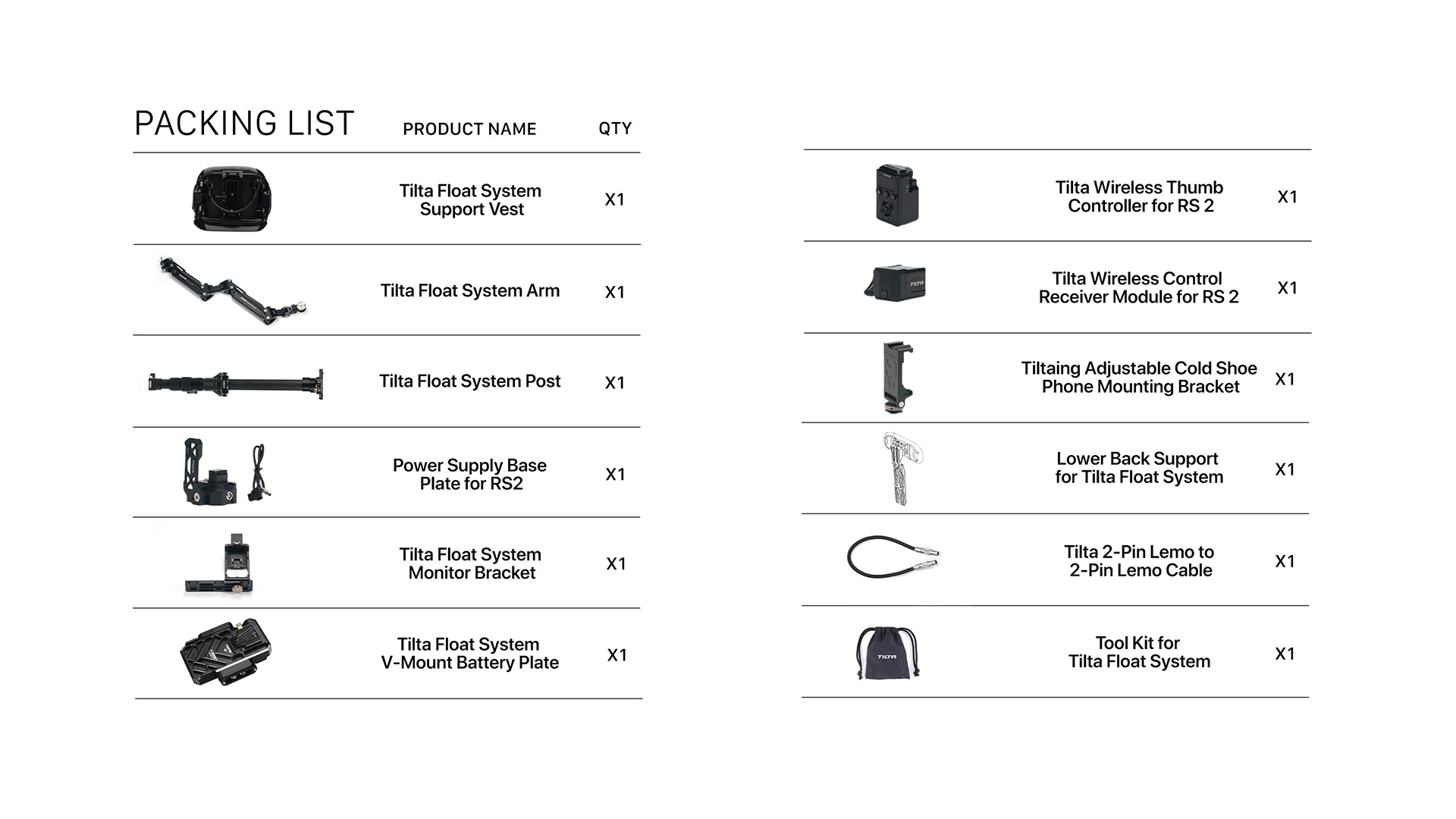
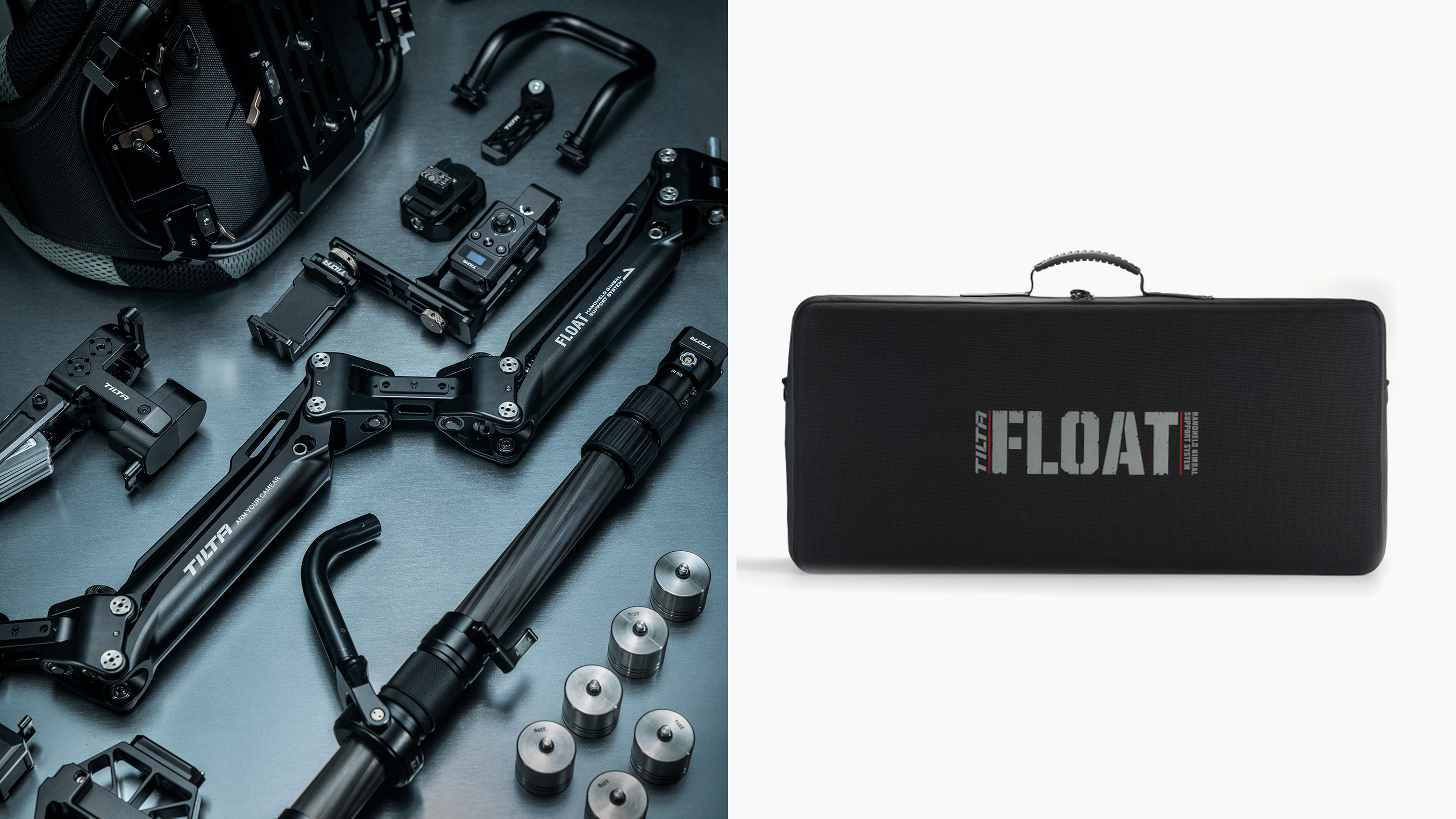
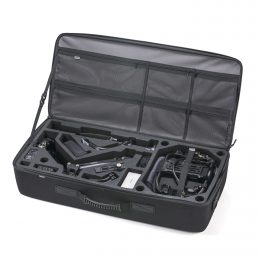
I would appreciate it if the shipping to Hawaii weren’t an arm and a leg. There are considerations for foreign shipments. Perhaps a different carrier for Hawaii and Alaska. Also, the support with assembly and balancing is either third party or in Chinese. One would think that there are enough sales to English speaking countries to properly support this product, affording the English speaking buyers the respect that any customer deserves. Its not like producing an English version is difficult for Tilta.
Fantastic. Takes some time to learn. But once you get it you’ll be amazed. The advance ring is probably the better overall equipment for most people. But I wanted to try out the float.
Its hard to balance the roll axis but I believe once I master that this piece will be the most valuable piece in my arsenal!
This product is extremely well made. I ordered early and perhaps because it was one of the first to ship, our Float arrived missing a rosette essential to its operation. The staff at Tilta in Burbank was able to get me the rosette and Im now up and running. We are still in the early stages of testing, but everything looks very promising. The Float is machined beautifully, and just fits. I didnt find the pressure on my hips or back excessive. A few suggestions for users: 1) Use identical batteries on the mount at the bottom – this will make balancing much easier. 2) For most moves, the wireless thumb control makes it easy to control the gimbal. For complicated moves, think about using the Raven Eye setup on the RS2 with Force Mobile to control the gimbal. There can be a lot going on for the Float operator, and having an operator for the RS2 makes complex moves much simpler. 3) Think about using a Nucleus Nano for focus. This means the gimbal operator, using Force Mobile on the RS2, can also pull focus. 4. Were using a C stand to carry the spud that comes with the Float which allows you to park the arm and take the load off. Theres going to be a learning curve for us, but all in all I think this system is going to change the way we work dramatically.
I haven’t had time to fully test my new Float system yet, but my first impression is that it is generally well made and is a great value for the money. It does have some issues though, speaking from my experience of Steadicam operating since I bought my first Steadicam 30 years ago. Users shouldn’t have to self-manufacture a shim to ensure a proper fit between the post and the gimbal. I really wish that Tilta had designed a proper vest that more evenly distributes the load across hips/shoulders/back, rather than just the hips. What Tilta calls a “Tilta Float System Baby Pin Docking Adapter” should be simply called a Balancing Pin Adapter. A proper docking bracket has on one end a yoke and safety pin that will dock and secure the rig in an upright position during breaks, and a balancing pin on the other end. I haven’t yet succeeded in getting a 1-2 second roll-back to neutral position (screen facing up) when post is horizontal…it’s much faster. Hopefully I’ll get that tweaked in time…as I said, I haven’t spent much time with it yet. Wish list: rack-and-pinion gear x-y adjustments with scale markings for fine tuning balance. I am finding that it does require a little different skill-set as opposed to traditional Steadicam. All in all, I’m really excited about using this, especially hard mounting it on my modified Segway as seen here: http://www.redzephyrcam.com/Paul_Kalbach__ArtichokePro_presents.html